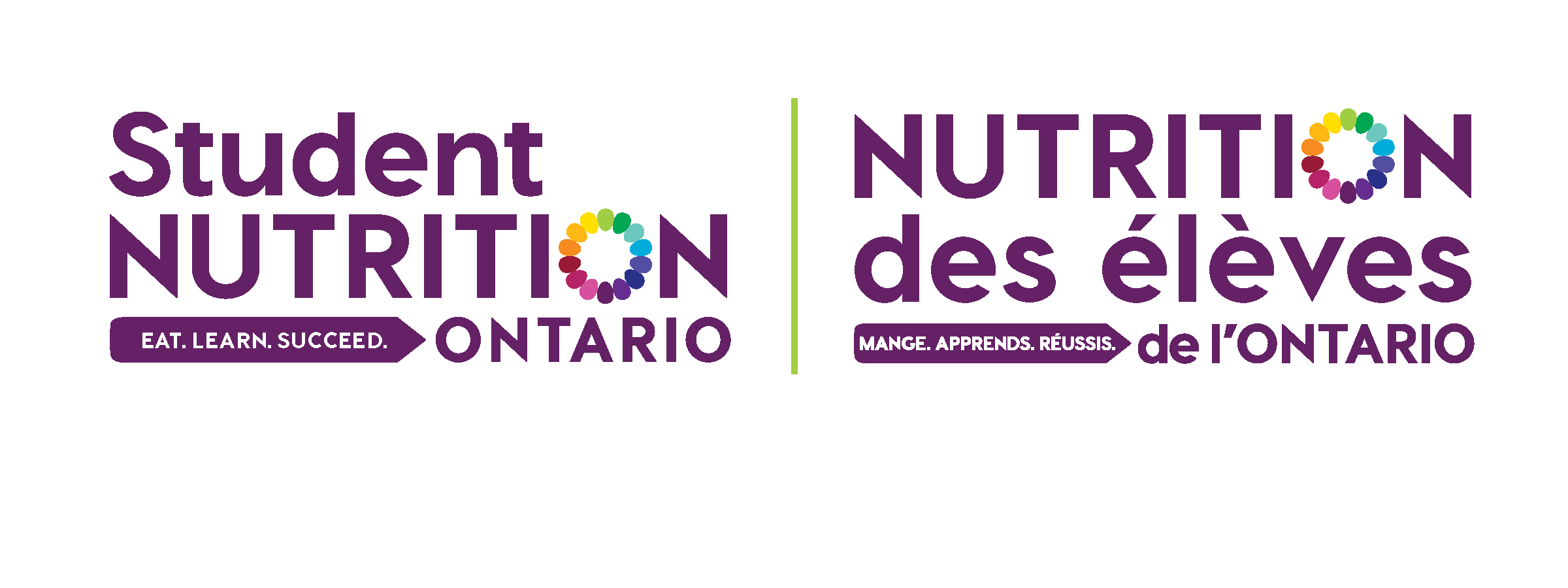Reading & Understanding Food Labels
Food labels are included on most packaged foods and beverages. Understanding how to read food labels, including the ingredient list and Nutrition Facts Table, will help you to choose food and beverages to serve in your program that meet the Student Nutrition Program Nutrition Guidelines.
Here are some things you need to know about using the ingredient list:
The ingredient list shows all the ingredients in a packaged food in order of weight, starting with the ingredient that weighs the most
Look for grain products with whole grain, whole wheat, or bran listed as the first ingredient on the ingredient list
Choose packaged fruits that are packed in water or 100% juice and that have no added sugar
Here are some tips for using the Nutrition Facts Table:
Information on the Nutrition Facts Table is based on a quantity called serving size. If the amount you serve is different from the serving size listed, you will need to adjust the numbers on the Nutrition Facts Table accordingly
The %DV (Daily Value) shows how much or how little of a nutrient is in a food or beverage. 5% DV or less means there is a little of a nutrient and 15% DV or more means there is a lot
Look for foods and beverages with less than or equal to 10% DV of sodium per serving to offer in your program
Choose flavoured yogurts with less than or equal to 11 grams of sugar per 100 gram serving
Look for whole grain products with less than or equal to 8 grams of sugar per 30 gram serving
Always follow your school’s allergy and anaphylaxis policy. Read nutrition labels and ingredient lists carefully to identify food allergens. .
For more information and support with reading food labels, choosing nutritious foods, menu planning, and budgeting in your Student Nutrition Program, contact York Region Public Health.
Resources
Nutrition Guideline Resource for Student Nutrition Programs (French)
Health Canada - Understanding Food Labels
Canada’s Food Guide - Use Food Labels


